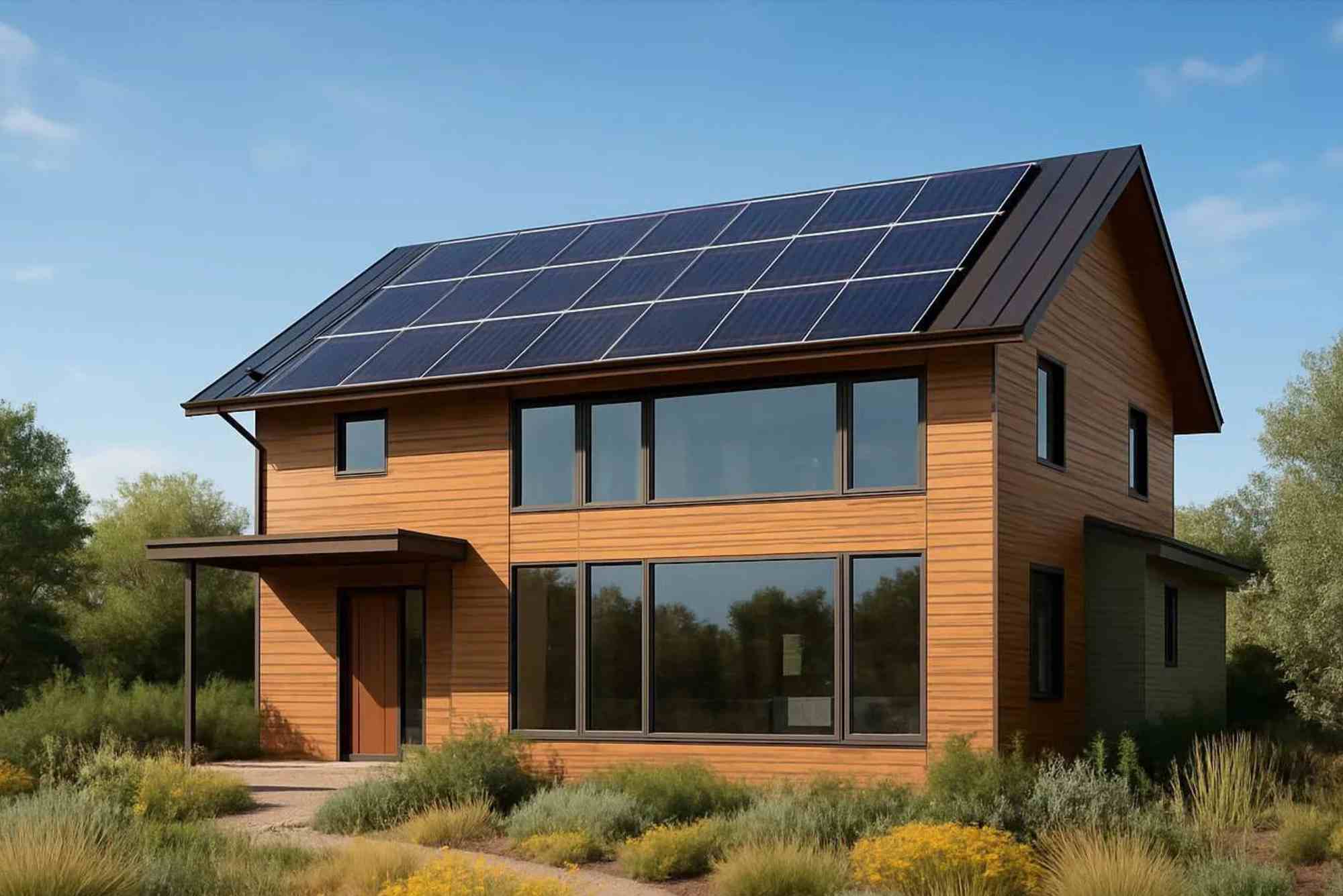Solar Home Plans: How to Go Green with Your Home Design
Designing a home is one of the most important investments you can make, not only financially but also environmentally. With growing awareness about sustainability and energy efficiency, homeowners today are looking for smarter ways to reduce their carbon footprint. Solar home plans are a powerful solution, merging modern design with renewable energy systems to create homes that are both eco-friendly and cost-effective. By incorporating solar energy into your home’s design from the very beginning, you ensure long-term savings, energy independence, and a healthier living environment.
Understanding Solar Home Plans
Solar home plans are architectural designs created with solar energy as a central feature. They go beyond simply placing solar panels on the roof. Instead, these plans integrate passive and active solar energy strategies into the structure of the house. Passive strategies include natural lighting, window placement, and building orientation, while active strategies involve solar panels, batteries, and other renewable energy systems.
By choosing solar home plans, you design your house to capture sunlight effectively, store energy efficiently, and minimize waste. This results in reduced reliance on fossil fuels and a more sustainable lifestyle.
Benefits of Choosing Solar Home Plans
Homes designed with solar energy in mind provide both immediate and long-term advantages. One of the biggest benefits is reduced energy costs. Electricity bills decrease significantly when solar panels power your home. In some cases, you can even sell excess power back to the grid, further enhancing your savings.
Another benefit is energy independence. Solar home plans allow you to generate and use your own power, protecting you from rising energy costs and utility disruptions. These homes are also environmentally responsible, reducing greenhouse gas emissions and reliance on non-renewable resources. On a personal level, solar homes often have better resale value, as eco-conscious buyers seek properties that support sustainable living.
Designing a Solar-Friendly Home
The success of solar home plans depends largely on thoughtful design. Orientation is crucial. A home built with the right orientation captures the maximum amount of sunlight throughout the day. Roof slope and angle also matter, as they determine how efficiently solar panels can generate electricity.
Window placement plays an equally important role. South-facing windows provide optimal sunlight exposure in many regions, reducing the need for artificial lighting. Overhangs can help regulate heat, keeping the home warm in winter and cool in summer.
Using high-quality insulation is another key factor. Even with solar panels, a poorly insulated home loses energy. Strong insulation reduces energy demand, making solar power systems more effective. By combining efficient building materials, smart layouts, and renewable energy systems, solar home plans achieve the perfect balance of comfort and sustainability.
Active and Passive Solar Design
Solar homes typically use two complementary approaches: passive solar design and active solar systems. Passive design focuses on the structure itself. It includes window orientation, shading devices, and thermal mass materials that store and release heat. These elements reduce energy consumption without requiring additional equipment.
Active solar systems, on the other hand, include photovoltaic panels, solar water heaters, and battery storage systems. Together, they generate electricity and store it for later use. A well-designed solar home plan integrates both approaches, ensuring maximum efficiency and comfort year-round.
Common Features in Modern Solar Home Plans
Modern solar home plans often include open floor layouts that maximize natural lighting. Skylights and solar tubes bring sunlight into spaces where traditional windows may not be practical. Many designs also feature energy-efficient appliances, LED lighting, and smart home systems to further reduce energy use.
Materials also play a role in these plans. Sustainable options such as recycled steel, reclaimed wood, and low-VOC finishes complement the eco-friendly nature of solar homes. Landscaping can be integrated into the design as well, with trees strategically placed to provide shade and reduce cooling demands in summer.
Cost Considerations for Solar Home Plans
While solar home plans often require a higher upfront investment, they deliver significant savings over time. The cost of solar panels and installation has decreased considerably in recent years, making it more affordable than ever. Financial incentives such as tax credits, rebates, and net metering programs further reduce the total cost.
Over the lifespan of a solar system, homeowners typically save thousands of dollars in energy costs. Additionally, a solar-equipped home increases property value, offering a long-term return on investment. For many families, the combination of savings and sustainability makes solar home plans an attractive choice.
Challenges and How to Overcome Them
Like any construction project, solar home plans come with challenges. One common concern is the initial cost. While the long-term savings outweigh the upfront expense, not every homeowner has immediate access to the necessary funds. Financing options such as green loans or solar leasing programs can help overcome this barrier.
Another challenge is location. Homes in areas with limited sunlight may not generate enough energy to fully sustain themselves. However, even in less sunny regions, efficient design and high-quality solar systems can still provide substantial benefits. Working with an experienced solar architect ensures that your home maximizes energy potential regardless of climate.
Solar Home Plans and Future Sustainability
The demand for solar home plans is increasing as more people recognize the importance of sustainable living. Governments and organizations are actively promoting renewable energy adoption through incentives and supportive policies. Innovations in solar technology, such as higher-efficiency panels and advanced battery storage, continue to make solar homes more accessible and practical.
As these technologies evolve, solar home plans will become standard in modern architecture. They not only address environmental concerns but also create homes that are healthier, smarter, and more resilient.
FAQs
What is the difference between solar home plans and adding solar panels later?
Solar home plans integrate solar energy into the house’s design from the start. Adding panels later is less efficient, as the home may not be optimized for solar energy use.
How much does it cost to build a solar home?
Costs vary by location, size, and design choices. While the initial expense may be higher than traditional homes, long-term energy savings and government incentives offset much of the cost.
Can a solar home work in cloudy or cold climates?
Yes. Modern solar panels are designed to generate electricity even on cloudy days. Combined with battery storage, they provide consistent energy in different weather conditions.
Do solar home plans increase property value?
Yes. Homes with solar systems are highly attractive to buyers. Studies show they sell faster and at higher prices compared to similar non-solar homes.
How long do solar panels last in a solar home?
Most solar panels last 25 to 30 years. With proper maintenance, they continue to generate power efficiently throughout their lifespan.
Solar home plans are more than just an architectural trend—they represent a commitment to a sustainable lifestyle. By integrating renewable energy into the core of your home design, you save money, reduce environmental impact, and invest in the future. With advancements in solar technology and growing support for clean energy, there has never been a better time to embrace solar home plans.




